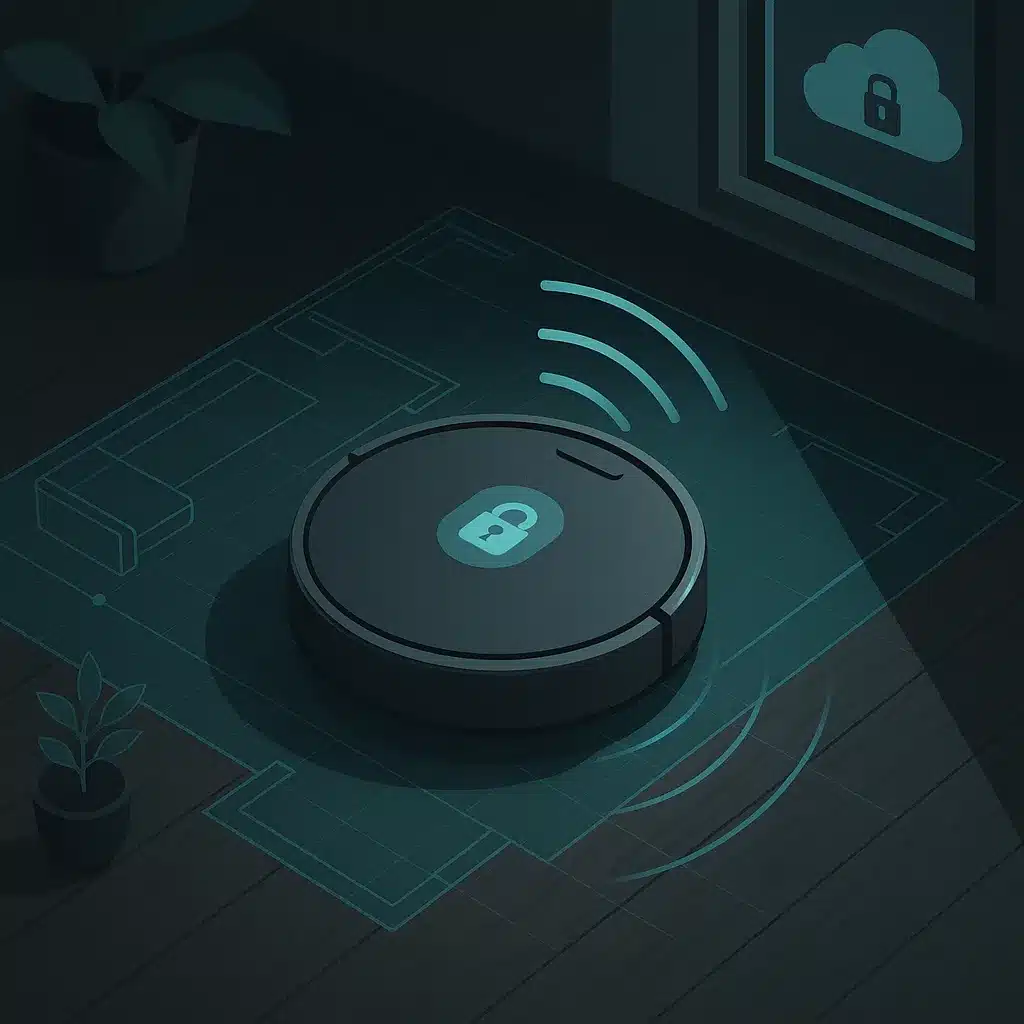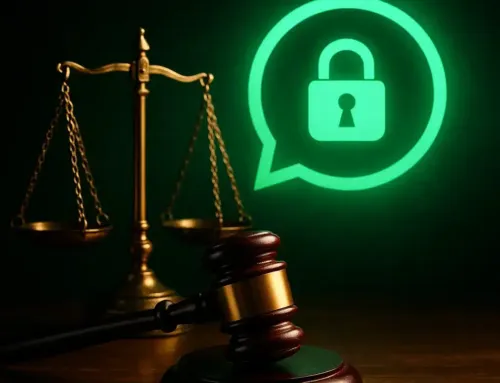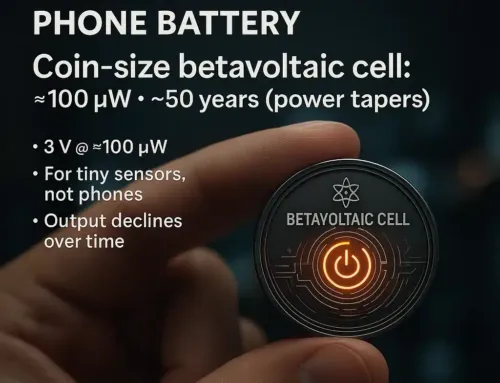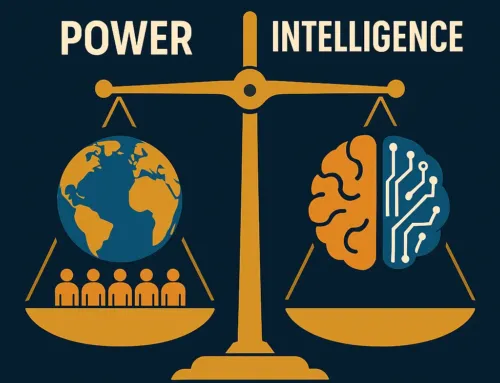
Approx. read time: 10.6 min.
Post: Robot Vacuum Privacy: 15 Facts & Fixes You Must Know
Robot Vacuum Privacy: 15 Facts & Fixes You Must Know
Robot vacuum privacy. Smart vacuums promise clean floors without lifting a finger. But robot vacuum privacy concerns are rising fast — and a recent, widely discussed case shows why the stakes are real. In this guide, we break down what happened, how mapping really works, the risks to your data, and the practical steps (from quick wins to pro-level network hardening) to keep your home safer.
Treat your robot vacuum like a networked camera on wheels. Configure it with the same care you’d give any connected device.
🧭 What kicked off the 2025 robot vacuum privacy alarm?
A software engineer, Harishankar Narayanan, investigated his iLife A11 after suspecting unusual network activity. He says he found the vacuum continuously phoning home, an exposed Android Debug Bridge (ADB), and Google Cartographer running to create a detailed 3D map of his house — all while transmitting logs and telemetry to remote servers. When he blocked some data flows, the robot later stopped working until he reversed a remotely pushed change. His write-up includes logs, reverse-engineering notes, and a step-by-step narrative.
Tech outlets and communities amplified the story, spotlighting the privacy risk of home maps and remote control features on consumer robots.
🗺️ How robot vacuums map your home (in plain English)
Many models build indoor maps using SLAM (simultaneous localization and mapping). Some rely on lidar, others on cameras, and some combine sensors. Google’s open-source Cartographer project is a known SLAM stack that can generate highly detailed floor plans. If a vendor sends those maps to the cloud, the layout of your home may exist on a company’s servers.
In Narayanan’s case, he reports the vacuum used Cartographer and phoned home frequently, reinforcing the concern that these maps and metadata can leave your network if cloud syncing is enabled (or required).
🌐 Where your data can go — and why it matters
Robot vacuum privacy: Robot vacuums often connect to vendor clouds for app control, firmware updates, and features like “live map,” “room naming,” and “no-go zones.” If data flows aren’t optional, your floor plan, device logs, and metadata (timestamps, SSIDs, sometimes even media) may be stored abroad or shared with service providers. Research and security write-ups have documented how vacuum traffic and mobile apps can expose sensitive information if improperly protected.
🧨 “Kill switch” worries: can a company brick your device?
Narayanan says a timestamped remote script change matched the moment his unit stopped booting, and that reverting the change revived the device. That fuels concern that some vendors can remotely disable devices (intentionally or via automated enforcement if telemetry is blocked). While not all brands behave this way, it’s a concrete example of why owners want clearer controls and transparent policies.
🧪 Are these issues isolated — or part of a larger trend?
Security researchers have repeatedly shown that some consumer robots suffer from weak transport security, flawed app logic, and camera/microphone features that can be abused. Work presented across 2024–2025 detailed vulnerability chains affecting popular models (e.g., Ecovacs), including cases where live audio/video features were accessible under certain conditions or Bluetooth low-energy flows were exploitable. These aren’t the same vendor as the Narayanan report, but they illustrate the broader robot vacuum privacy and security problem space.
🧠 Why mapping data is sensitive
A floor plan can reveal room count, usage patterns, and even where you keep valuables. Network metadata alone (even if encrypted content is safe) can sometimes leak behavioral signals like presence, schedules, and “interesting events.” That’s enough to matter for stalking, targeted phishing, or burglary planning.
✅ Quick wins: a 5-minute setup to reduce risk
Use these fast steps today. They’re simple, effective, and preserve convenience: robot vacuum privacy
-
Put the vacuum on a guest/IoT Wi-Fi (no access to your laptops, NAS, or cameras).
-
Disable remote viewing, cloud maps, and voice assistant links if you can still use core features.
-
Turn on automatic updates (security patches) but review privacy toggles after updates.
-
Use a strong, unique password for the app and enable 2FA.
-
Schedule cleanings when you’re home, not at times that advertise your absence.
(We’ll go deeper below for network pros.)
🧩 How different sensors change your privacy profile
| Sensor Type | What It Does | Privacy Considerations |
|---|---|---|
| Camera (VSLAM) | Builds map from images | May capture people/objects; treat like a mobile webcam; cloud upload risk if enabled |
| Lidar | Measures distances with lasers | Still creates detailed maps; usually fewer visual privacy issues than cameras |
| IMU/gyros only | Basic navigation without mapping | Lower detail maps; less accurate but often more private by design |
Context: research and vendor docs show these modes in the market, with SLAM stacks like Cartographer for mapping; choices affect both performance and privacy.
🛡️ The 15-step hardening checklist (keep the smarts, drop the risk)
Use as many as possible. Together they dramatically improve robot vacuum privacy:
-
Isolate the robot on a guest/IoT SSID (no LAN access).
-
Block peer-to-peer discovery to your main network (UPnP off on IoT VLAN).
-
Deny inbound connections from the internet at your router; allow only needed outbound.
-
DNS-filter known telemetry domains (Pi-hole/AdGuard Home) rather than blanket blocking firmware updates.
-
Prefer local control toggles: disable cloud maps/remote viewing if features still function.
-
Review the app’s permissions on your phone; remove camera/location permissions if not required.
-
Use 2FA on the vendor account.
-
Auto-update firmware; re-check privacy toggles after each update.
-
Name rooms locally but avoid labels that reveal valuables (“safe room,” “studio gear”).
-
Turn off mic/voice integrations unless essential.
-
Avoid running cleans when away if you’ve enabled remote viewing.
-
Monitor traffic with a basic router dashboard; look for unusual overnight spikes.
-
Log egress from the robot IP (many consumer routers support per-device logs).
-
Back up maps locally (if the app allows) and don’t share them across accounts.
-
Factory reset before selling or sending for service.
(For advanced segmentation and firewall examples, see the next section.)
🧪 Advanced: VLANs, egress rules, and allow-listing
Power users can put vacuums on an IoT VLAN with egress allow-lists (e.g., only vendor update/CDN endpoints) and block everything else. If you want firmware but not telemetry, allow update servers and deny analytics domains. Consider per-device DNS policies so only the robot’s DNS is filtered this way. This keeps features alive while dialing down data exhaust — a practical balance for robot vacuum privacy. Security researchers have shown why transport security and proper app logic matter; network controls give you an extra safety net.
🕵️ “No command line, please.” Easy monitoring for non-geeks
-
Use your router’s device list to watch the robot’s active sessions.
-
Check daily bandwidth per device; look for unexpected spikes.
-
If your ISP app shows per-device usage, compare clean days vs idle days.
-
If it suddenly connects at 3 a.m., ask why. (Scheduled update? New feature?)
-
When in doubt, toggle cloud features off and retest core cleaning.
Network-traffic metadata alone can reveal behavior. Light-touch monitoring helps you spot problems early.
🛍️ Buying guide: choosing a more private robot vacuum
When shopping, favor models and brands that:
-
Offer local-only mode or let you disable cloud maps without losing basic cleaning.
-
Publish clear privacy policies about maps/logs retention and third-party access.
-
Provide regular security updates and historical release notes.
-
Avoid always-on cameras/mics (if you don’t need them).
-
Let you export maps locally and delete cloud maps on demand.
Consumer tests and write-ups across 2024–2025 show big differences in implementation quality, especially around TLS, app PIN flows, and camera features. Do five minutes of research before buying.
⚖️ Your rights in Canada (and elsewhere)
In Canada, PIPEDA sets out fair information principles and requires organizations to safeguard personal information, obtain meaningful consent, and provide access/correction rights. If a smart device collects and transmits personal info (including images or identifiable usage data), you can ask what is collected, why, where it’s stored, and request deletion when appropriate.
The Office of the Privacy Commissioner has published IoT guidance urging privacy-by-design and secure defaults — useful context when evaluating vendor promises. In the EU, GDPR-linked best practices around data mapping and minimization also apply to smart homes.
🧯 Myths vs facts (quick reality check)
| Myth | Fact |
|---|---|
| “It’s just dust; nothing sensitive here.” | Maps + metadata can reveal home layout and routines — valuable signals for attackers. |
| “All brands are the same.” | Security posture varies widely (TLS, app logic, camera/mic features, update integrity). |
| “If traffic is encrypted, I’m safe.” | Even encrypted flows leak patterns; poor app logic can still expose features. |
| “Blocking the cloud breaks everything.” | With careful allow-lists, many features keep working while reducing data exhaust. |
Evidence from research and conference disclosures backs these distinctions.
🧷 Incident playbook: what to do if your robot acts “off”
-
Unplug and reboot; check the vendor’s status page.
-
Move it to a guest/IoT SSID and change your main Wi-Fi password.
-
Review app sessions; sign out of other devices, enable 2FA.
-
Update firmware, then re-check privacy toggles.
-
Open a ticket with the vendor and request a data log export for the dates in question.
-
Factory reset if behavior persists; set it up again on the IoT SSID.
🔒 Case study wrap-up (what it teaches us)
Narayanan’s teardown highlights three lessons:
-
Cloud-dependent features can quietly expand data flows.
-
Debug/maintenance paths may remain exposed on consumer devices.
-
Remote control powers need clear limits, visibility, and owner choice.
These aren’t hypothetical risks; researchers keep finding real flaws in shipping products. Owners must configure wisely; vendors must ship safer defaults.
🔗 Helpful next reads on MiltonMarketing.com
❓ FAQs
❓ What is “robot vacuum privacy” in simple terms?
It’s the effort to control what your vacuum collects (maps, logs, media), where it sends that data, and who can access it — without losing basic cleaning features.
❓ Can my robot vacuum map my home even if I never open the app map?
Yes. Many models build maps for navigation by default. Whether that map leaves your home depends on your settings and the vendor’s design.
❓ Is it safer to choose lidar over a camera?
Typically yes for visual privacy (no images), but lidar still enables detailed maps. For maximum privacy, pick models that support local-only modes.
❓ Could a company remotely disable my vacuum?
Some products can receive remote commands. The Narayanan case alleges a remotely pushed change made his unit stop until reversed, raising concerns about vendor “kill switches.”
❓ Do I have rights over my vacuum’s data in Canada?
Yes. Under PIPEDA you can ask what data is collected, why, where it’s stored, request access or correction, and withdraw consent in many cases.
❓ I’m not technical. What’s the easiest fix?
Put the vacuum on a guest/IoT Wi-Fi, disable unnecessary cloud features, and enable automatic security updates. That gets you 80% of the way there.
❓ Are there known hacks against modern vacuums?
Yes. Multiple 2024–2025 disclosures detail weaknesses in some brands’ TLS, app logic, and BLE flows. Keep firmware updated and reduce cloud dependence.
❓ Will all of this break my smart features?
No. With allow-lists and guest networks, most people keep essentials (scheduling, updates) while reducing data exhaust.
📣 Conclusion: Keep the convenience — and your privacy
Smart cleaning doesn’t have to cost you control. With a guest/IoT network, a few toggles, and (if you like) simple DNS filtering, you can enjoy your robot and protect your home. If you’d like hands-on help applying these steps to your setup, open a support ticket and we’ll walk you through a privacy-first configuration that fits your gear and router.
Need help hardening your smart home? Contact Support
Sources & Research Notes
-
Narayanan’s technical write-up of his iLife A11 reverse-engineering and mapping/telemetry findings. CodeTiger robot vacuum privacy
-
Coverage summarizing the incident and public reaction (Futurism, Yahoo, LiveMint). Futurism+2Yahoo News+2
-
Hackaday overview connecting the incident to broader device “phone home” behavior. Hackaday robot vacuum privacy
-
Google Cartographer and SLAM context; privacy implications of robot mapping. MDPI
-
Research on privacy leakage through vacuum traffic metadata. arXiv
-
2024–2025 disclosures regarding Ecovacs and related devices. Dennis’s Homepage+1 robot vacuum privacy
-
Canadian privacy law and OPC guidance for IoT. Privacy Commissioner Canada+3Privacy Commissioner Canada+3Privacy Commissioner Canada+3









